My home and pottery are located in the scenic Appalachian foothills of Washington County, Marylandd, in a small rural mountain village known as Highfield-Cascade. I make pots for people to use. My pots are created and intended to have a job, whether in the kitchen or in the garden. My wood-fired salt glazed pots are created to be used and held in the hands or held by many hands being passed around the table – whether a generous bowl for enjoying morning oatmeal or a bucket colander for gathering greens or cherry tomatoes from the garden and rinsing them in the sink or an oval baker for baking and serving a family favorite casserole. I strive to make well crafted, substantial, engaging and useful pots – pots that are honest and sincere. I want my pots to enhance and add pleasure, bring a sense of grounding and comfort to our everyday rituals of preparing, sharing and enjoying food and beverage with friends, family and loved ones. I want my pots to be used on a daily basis and hope they do in fact become a daily companion and are enjoyable to live with.
The serving and preparation of food and everyday rituals play vital roles in my choices and consideration of the forms I make as soon as my clay hits the wheel. I throw my pots on my old Randall kick wheel or hand built plates, trays, platters and bowls from slabs of clay that I fling and intentionally leave thick and unfussed over. Rims of my coffee mugs, chowder bowls, bakers and plates are left thick so there is no chipping in the sink or dishwasher. Handles on mugs, bowls, and bakers are substantially pulled or handbuilt and left chunky and generous for lifting pots comfortably and repeatedly in and out of the microwave or oven. Glazes, slips and underglazes are used minimally. I leave the surface treatment to the atmosphere within my kiln – relying on the flames for red and orange flashing and natural ash deposit to create a mystical and gem like ash glaze. I also rely on the addition of salt to create a respectable and glorious textural orange peel on the surfaces. I think my pots depict my less is more approach to surface decoration and basically allowing the clay to speak for itself since for me it is the food in the finished pot – whether held in the hand or sitting on the tabletop – that will decorate the pot and bring the pot to life.
“ My pots are created and intended to have a job, whether in the kitchen or in the garden
I garden every summer, host events in my nineteenth-century chestnut barn that I renovated into my pottery gallery, and teach ceramic classes at the Art League School in Alexandria, VA. and at the Delaplaine Arts Center in Frederick, Md.
I also travel to national ceramic facilities and schools where I enjoy teaching workshops on how and why I make pottery. My pots have been exhibited nationally and internationally, and I have been featured in numerous national and international publications.
I know I have created a successful pot when someone visits my gallery and picks up one of my pots, pauses and turns it over and lingers with it in the hand. Pots are tactile – in essence from my hands to theirs. A good pot will ask the user to pick it up and to hold it. That’s what drives me in my creative endeavor – making a good wood fired pot that looks good and feels good and handled and used every day and that results in that sincere and intimate connection that is created between my hands – the hands of the potter – and the hands of the user.
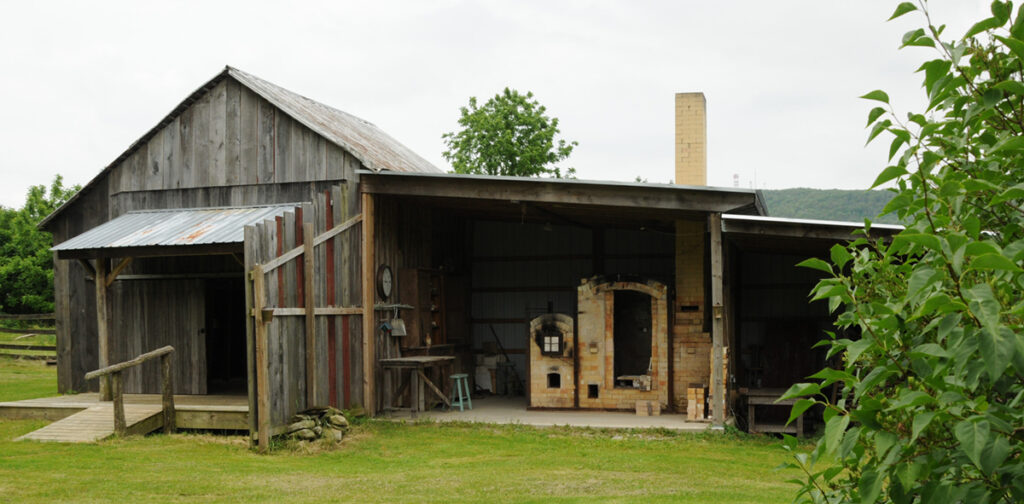
TYPE OF WOOD KILN THAT BEST SUITS MY KITCHEN WARES
I fire my pots in a down draft bourry box kiln that was built in 2013. I chose this style of kiln because the pots I create are intended for daily use in the kitchen and garden. This kiln design differs from others because the flame offers more immediate combustion at the throat arches and bagwall right before the heat and flames reach my wares. This type of firebox works best in relatively small kilns – which I prefer – and this type of down draft firebox, depending on how I choose to fire it, creates a more friendly environment that is well suited and preferred for my domestic wares. Another advantage to this type of kiln is that it produces a more neutral atmosphere within the chamber and emits less smoke from the chimney. I also desired a kiln that could be filled and loaded by myself and fired frequently with a small crew. I realized as well the kiln would be an essential and vital business partner! My wood kiln is my last collaboration I have with my pots. When I am loading my pots into the kiln – a process just as vital as making and decorating the pots in my studio – I am considering placement of the pots in the eventual path of the flames and salt vapors – which side of the pot should face the firebox, quiet soft blushing heat or direct flame hit, fat textural orange peel or soft sheen. I am also contemplating the compositional design on each pot from where I choose to place the wadding and the seashells. The kiln itself and how I load the kiln and how I choose to stoke and salt it are the final steps – like a dance – between me and my pots in my process of incorporating a recognizable individual voice on my surfaces and expressing myself artistically and hoping the pots themselves express what I want them to say. Each pot will have a story to tell. Even after ten years of firing this bourry box kiln, I am still enjoying and learning my business partner’s nuances and quirks – how it breathes and instils its own personality on my work – recognising that it is as much a part of the process as I am.
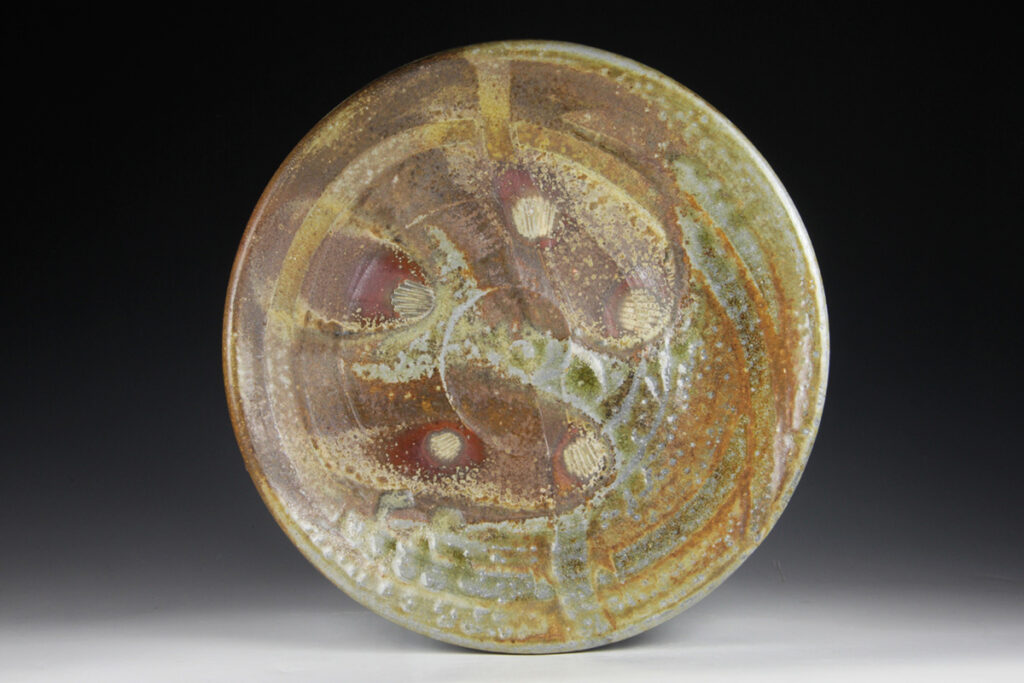
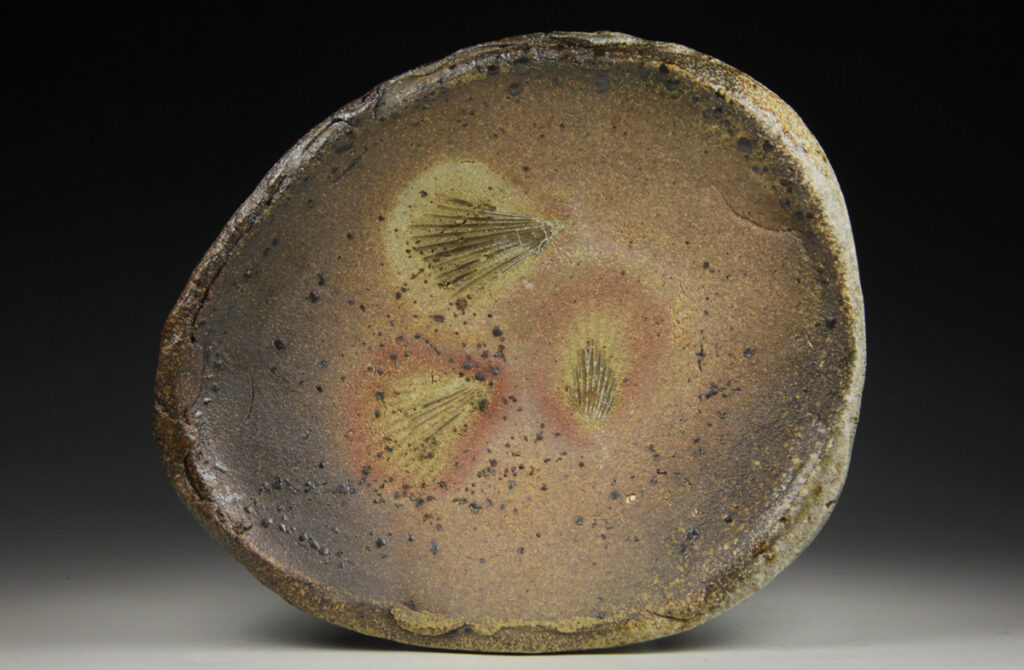
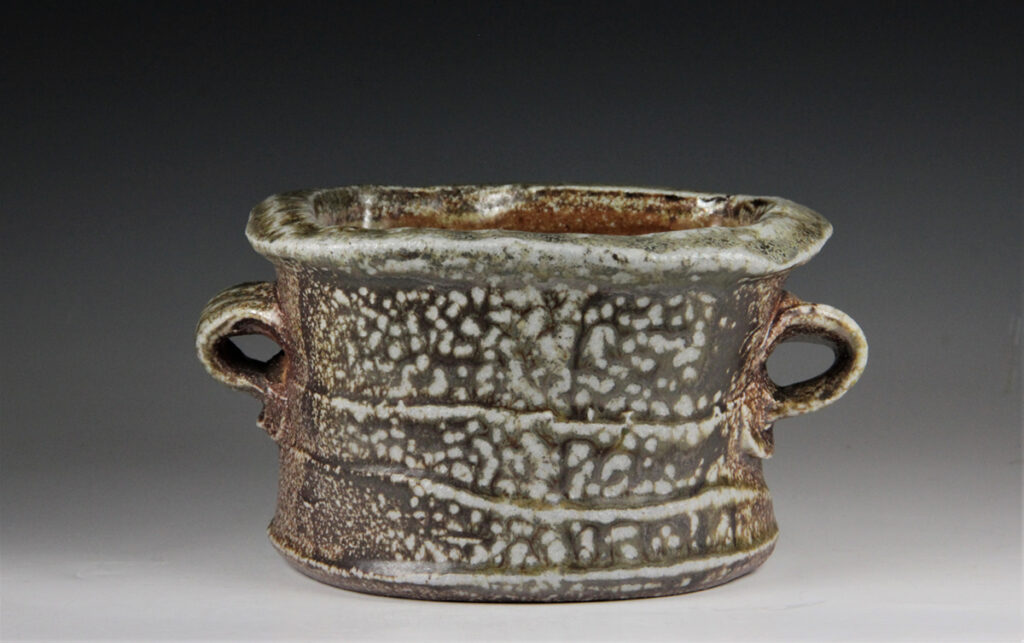
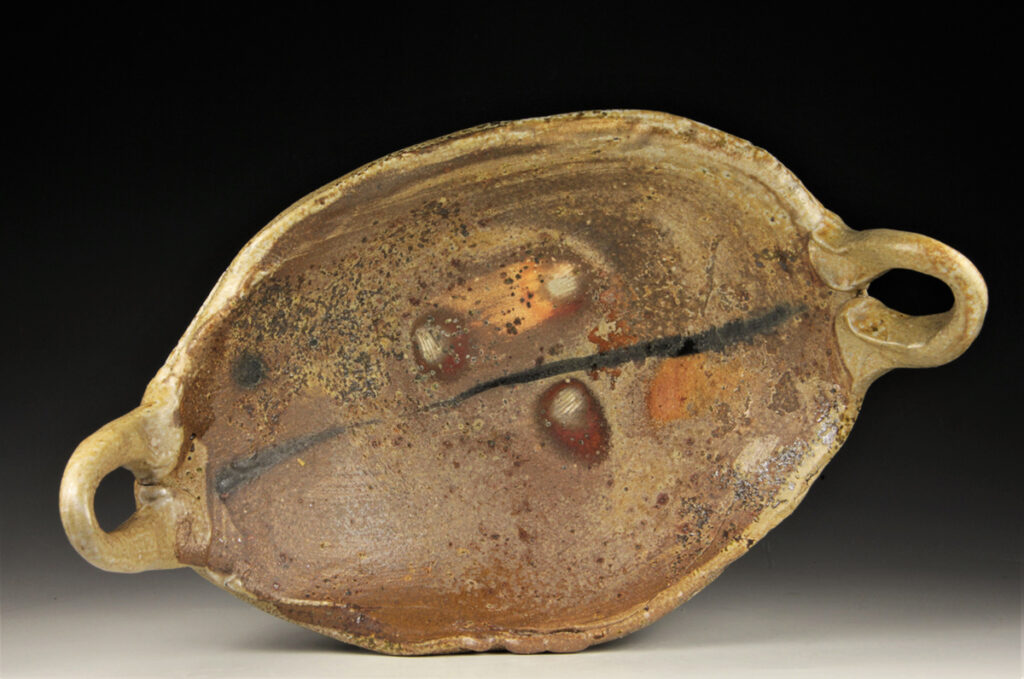
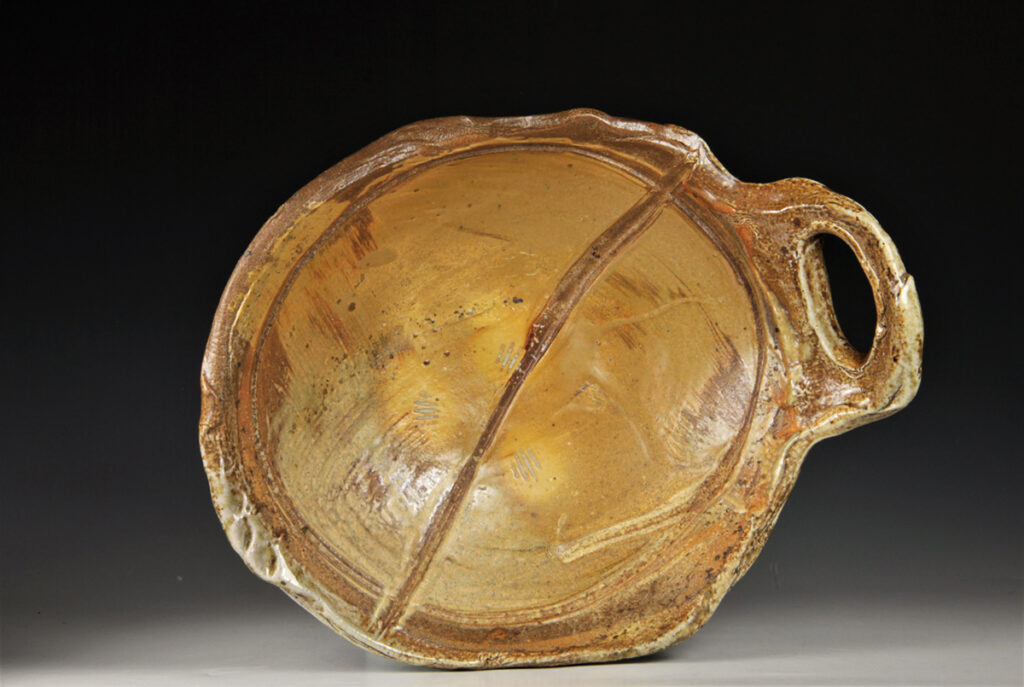
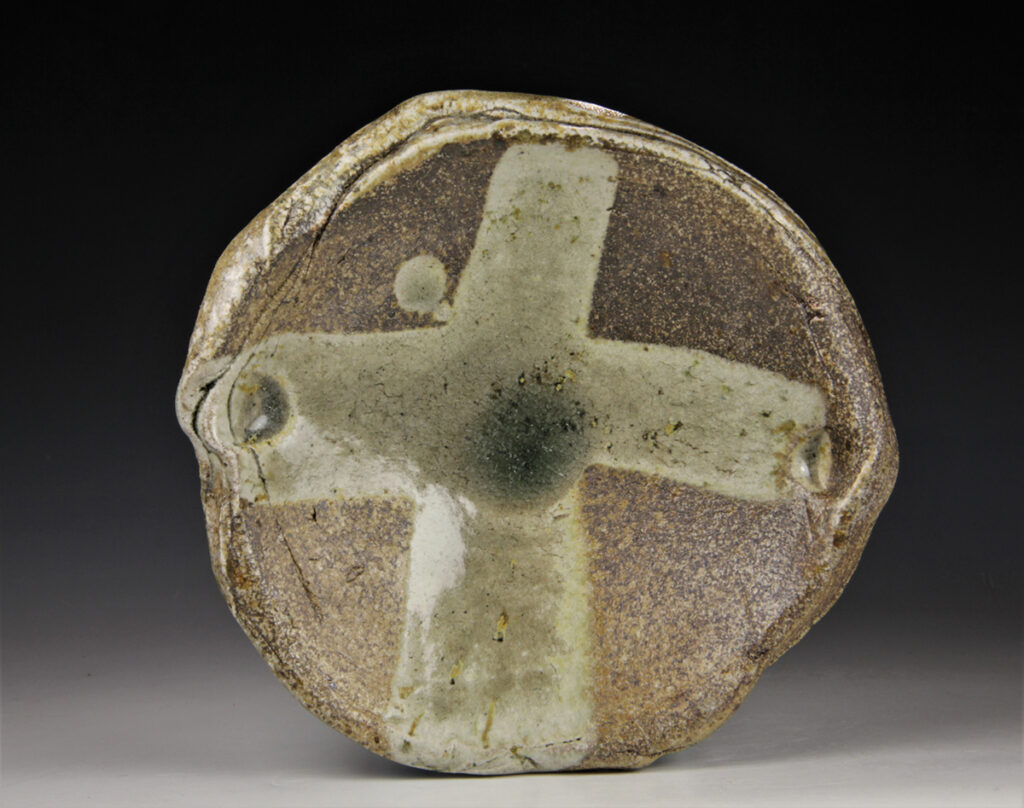
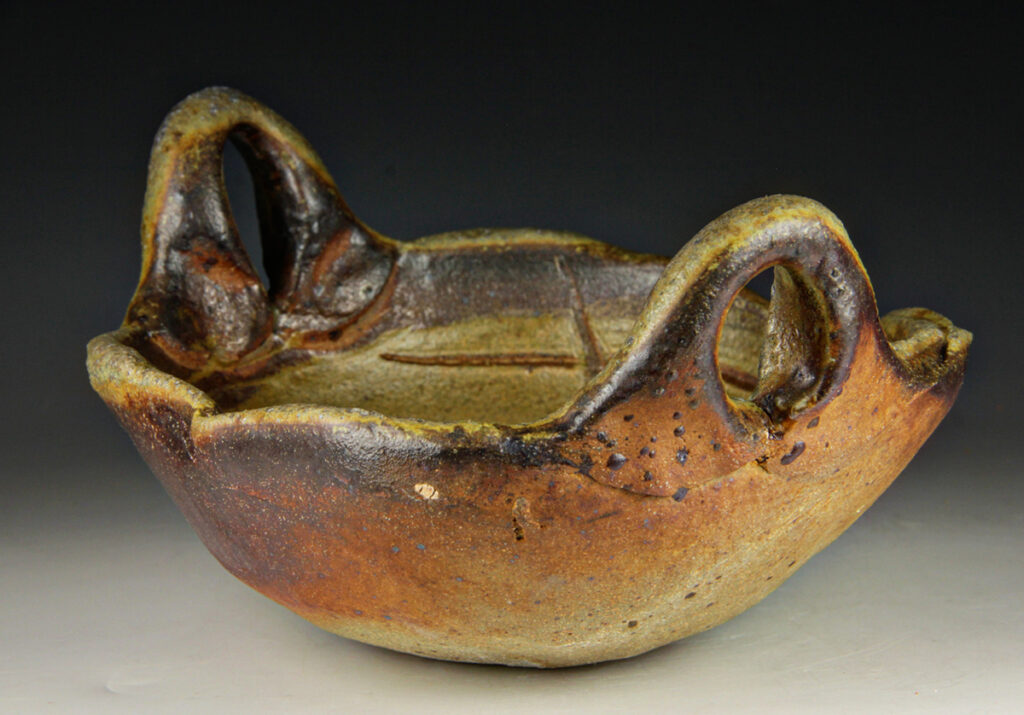
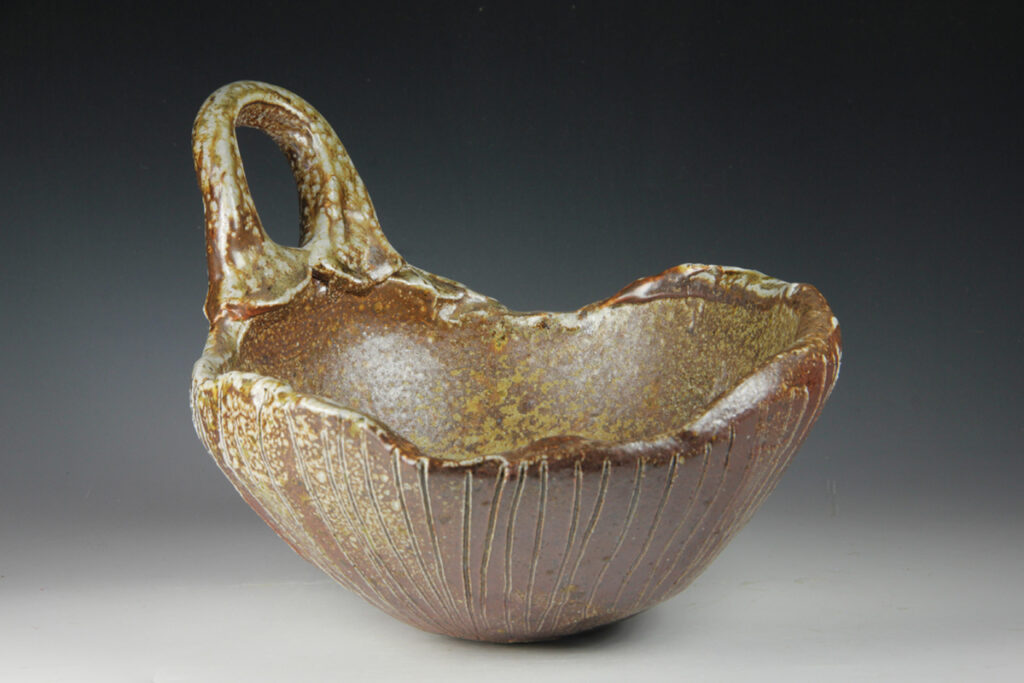
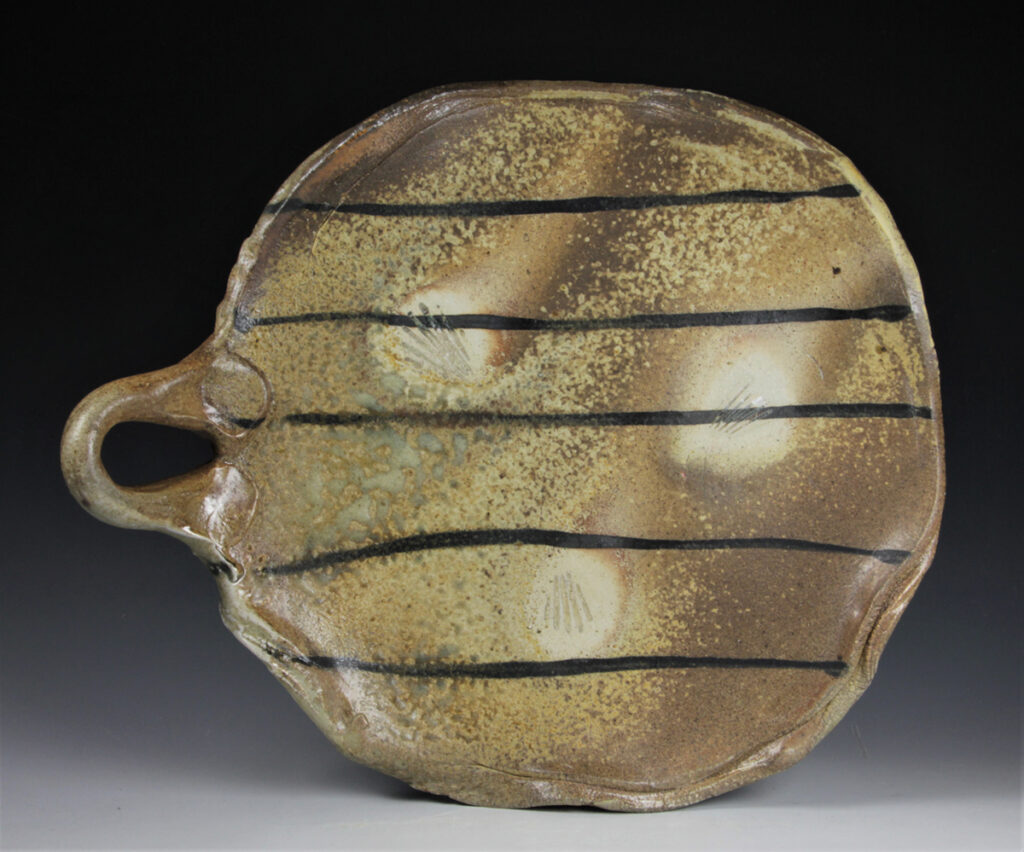
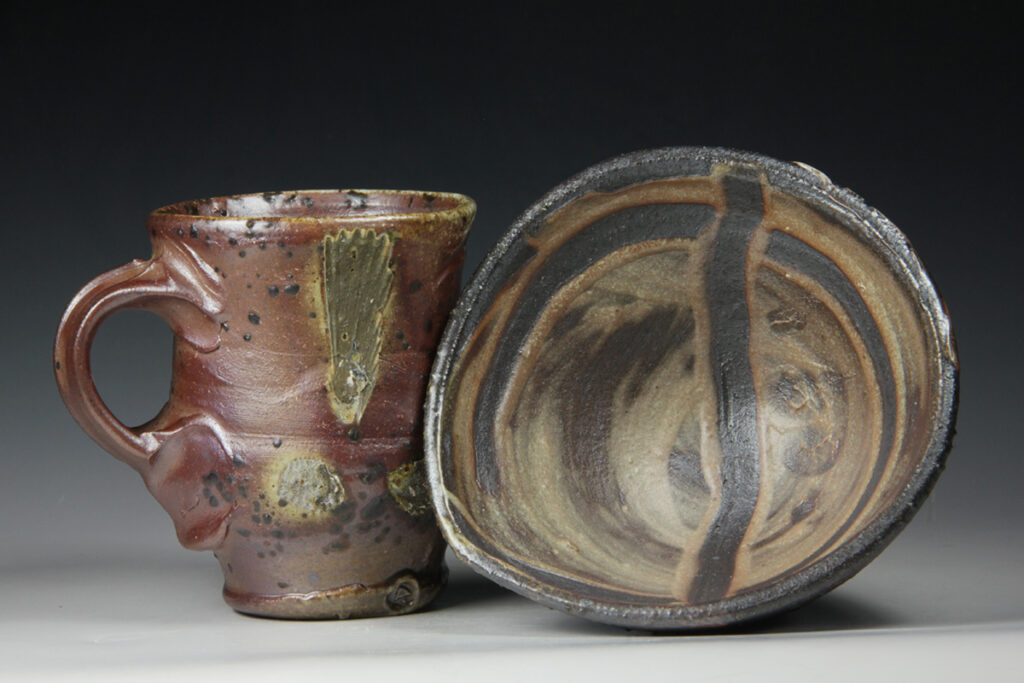
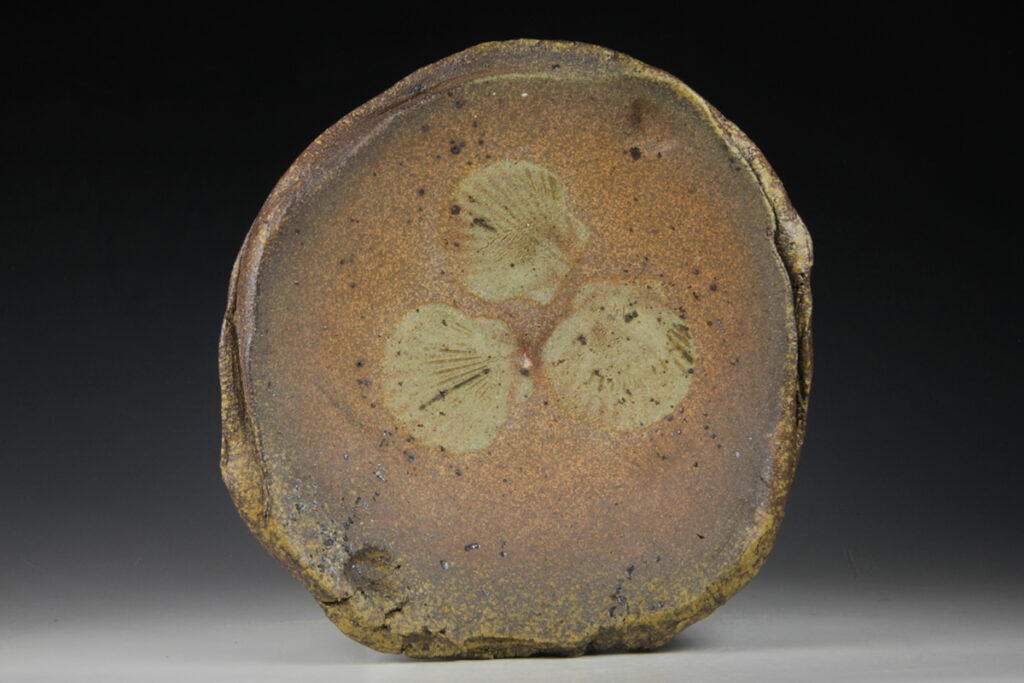
Allison Coles Severance
www.allisonseverancepottery.com
Allison Coles Severance (facebook.com)
Allison Coles Severance (@allisonseverancepottery) • Instagram photos and videos